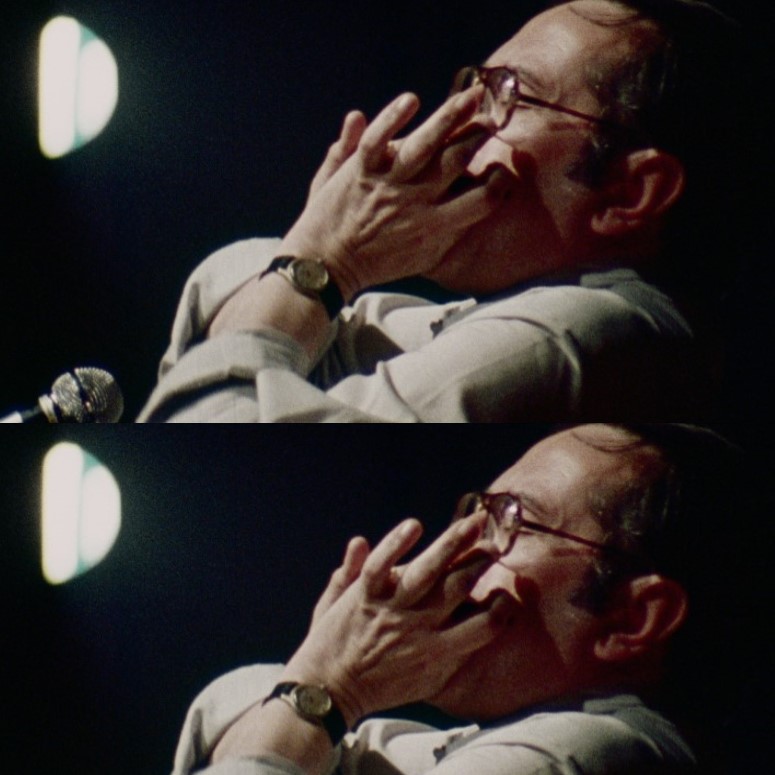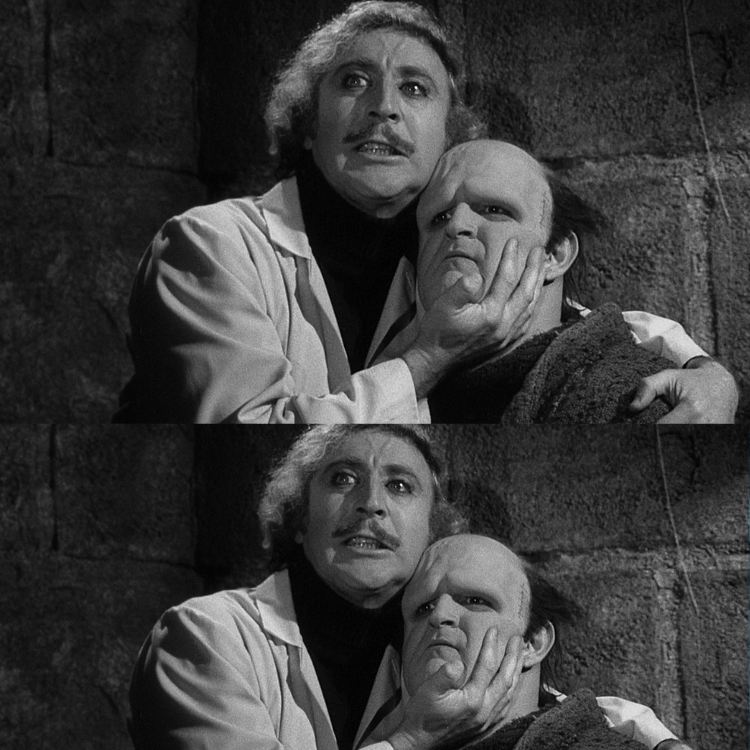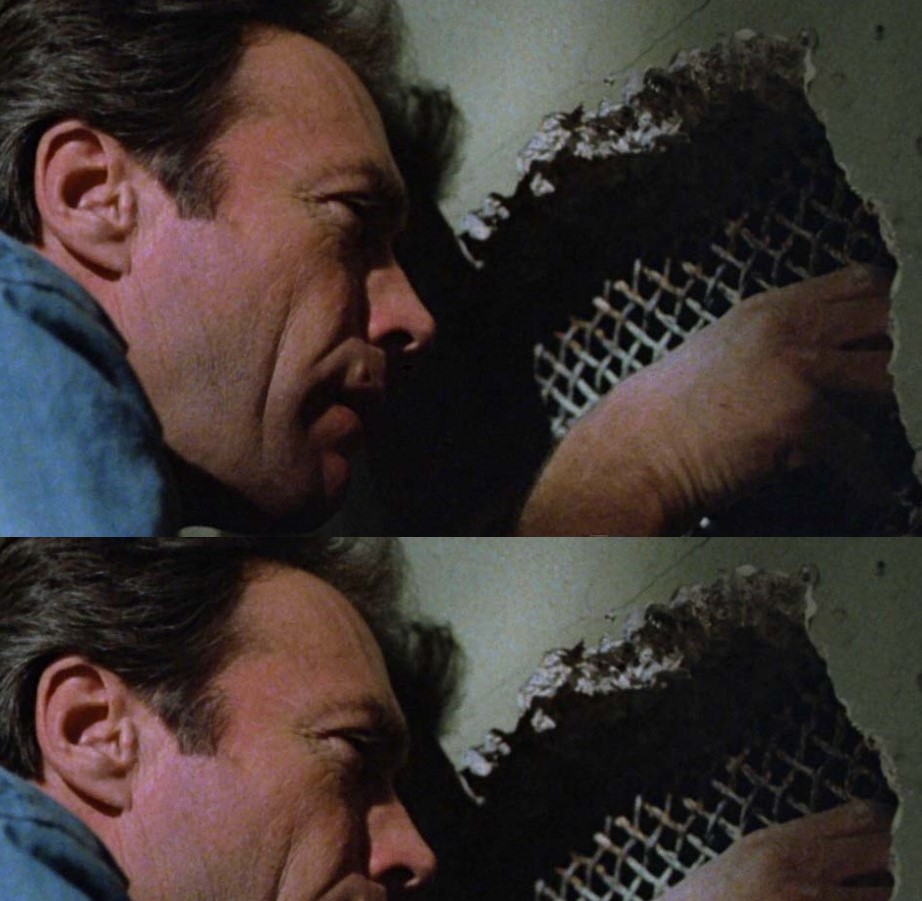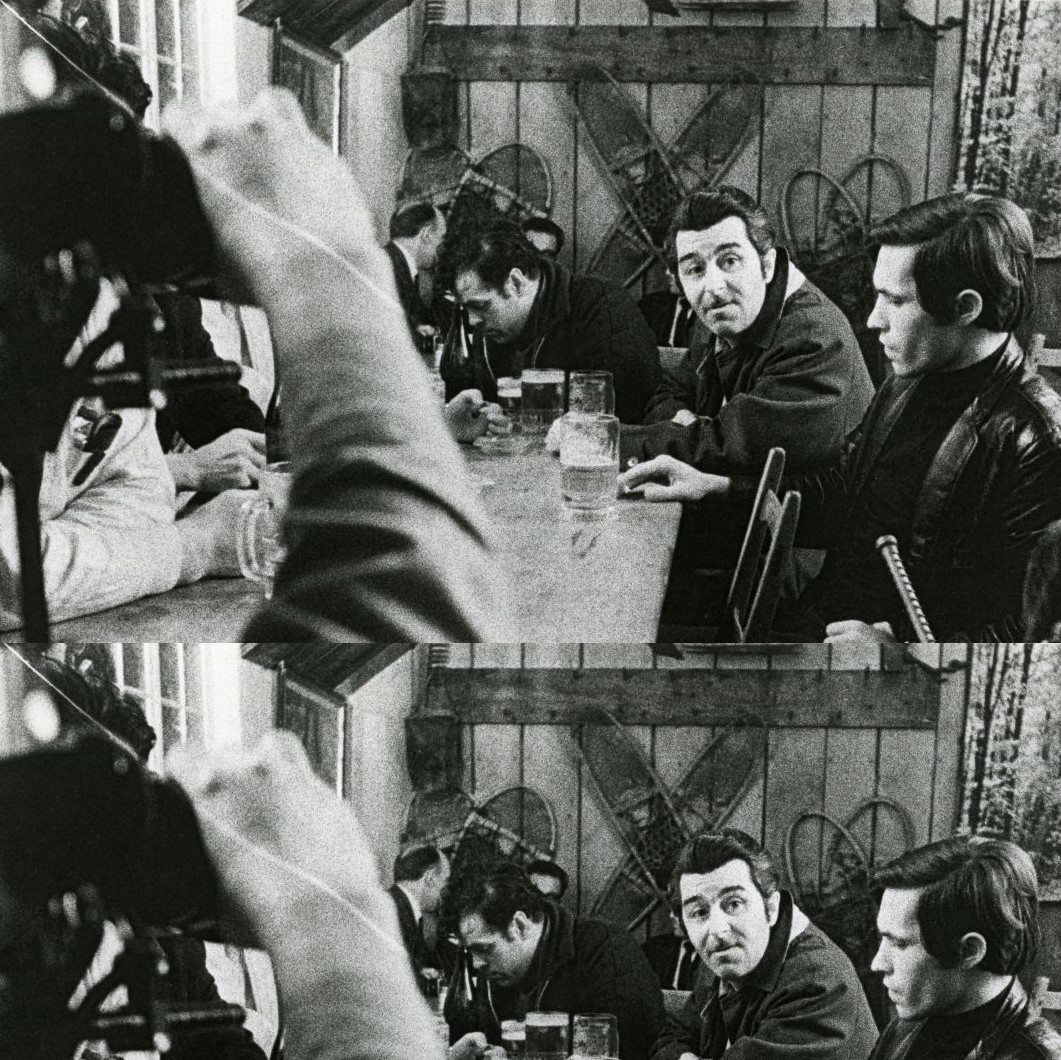A new immersive online experience where learning is done in a playful way
Montreal, September 21, 2021 – The Cinémathèque québécoise, in collaboration with TECHNÈS and Mediafilm, is pleased to announce a new online virtual exhibition called MY CAMERA AND ME, made possible by an investment from Digital Museums Canada. The project was developed to help high school students explore the evolution of portable cameras that have shaped the history of cinema and learn about their impact on how we represent the world.
“By providing first-hand experience with the process of filming, this digital project lets us discover what’s behind the image and question our current practices. Thanks to the input of more than a dozen professionals in digital creation, education, cinema history and heritage preservation, we were able to meet the challenge of offering quality scientific content suitable for young people between the ages of 12 and 17. This collaboration also encouraged us to rethink the way we interact with our cinematic heritage,” said Marina Gallet, Director of Conservation and Development of Collections at the Cinémathèque québécoise.
“This virtual exhibition offers a unique opportunity for young people to become more aware of the technical side of cinema history. Specifically, the exhibit focuses on the varying portability of cameras and on how they have been used by both professionals and amateurs. Through an educational game, MY CAMERA AND ME helps young people aged 12 to 17 learn about the various cameras used throughout the 20th century and to think about the images that they themselves create with their cellphones,” said historian Rémy Besson, scientific coordinator at TECHNÈS (Université de Montréal).
MY CAMERA AND ME offers immersion in the world of cinema thanks to a selection of film excerpts, archival footage and information sheets about six cameras: the Cinématographe, the Bell & Howell, the Bolex, the Portapak, the Aaton and the GoPro. Participants will also have the opportunity to listen to six captivating podcasts and experience a virtual set featuring 3D models of the six cameras.
During the experience, they will be able to select one of five scenes inspired by the film excerpts, which they will then reproduce using their choice of the six cameras. They will then have to select the materials needed to ensure the proper functioning of the camera and correctly position it for the shoot. Additional information about the features of each device will also be provided during the presentation, along with several film clips shot using the cameras.
Through experimentation with the different cameras, the students will be able to fully grasp the differences among the devices and the aspects that make them more or less portable. After the shoot, they will be able to view their film and compare it to the same scene shot with a different camera, highlighting how a scene can be perceived in various ways.
The macameraetmoi.ca website is available in English and French and is accessible to everyone. The exhibit is produced by the Cinémathèque québécoise, in collaboration with TECHNÈS and Mediafilm, and was made possible by an investment from Digital Museums Canada.
The Digital Museums Canada investment program contributes to developing the digital capabilities of museums and Canadian heritage organizations and allows Canadians to benefit from a wide variety of stories and experiences.
Digital Museums Canada is operated by the Canadian Museum of History with financial support from the Government of Canada.
For more information, visit macameraetmoi.ca.
ABOUT THE CINÉMATHÈQUE QUÉBÉCOISE
The Cinémathèque québécoise is Montreal’s museum of moving images. Its mission is to acquire, document and preserve the world’s audiovisual heritage, with an emphasis on Quebec and Canadian works as well as international animation, and to make it available for cultural and educational purposes.
The Cinémathèque québécoise thanks the Ministère de la Culture et des Communications du Québec, the Canada Council for the Arts, the Conseil des arts de Montréal, SODEC and Telefilm Canada for their generous support.
– 30 –



